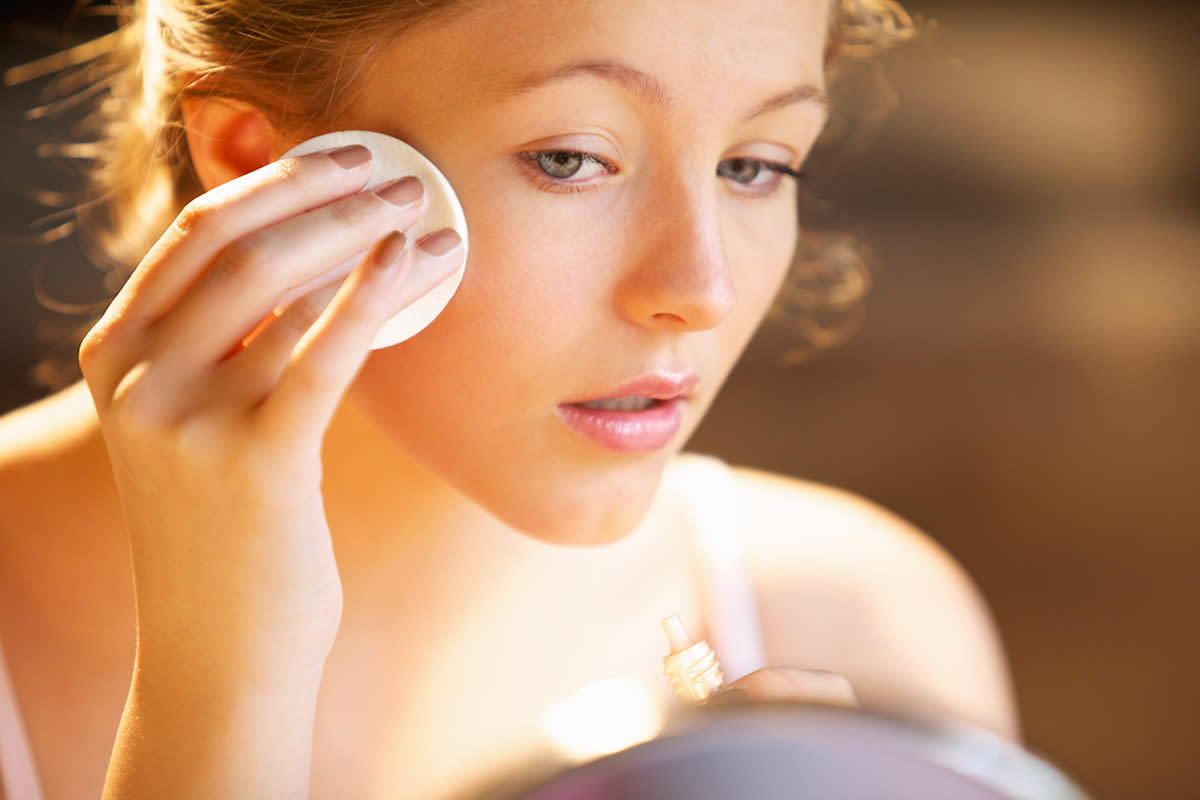Cosmetic Complaints Are Through the Roof, and Haircare Products Are to Blame

Cosmetic complaints are on the rise. In 2016, there were over twice as many cosmetic-related incidents reported to the FDA than in 2015, according to a new study published in JAMA Internal Medicine.
Researchers Michael Kwa, B.A.; Leah J. Welty, Ph.D.; and Shuai Xu, M.D., MSc reviewed all the complaints sent to the FDA’s Center for Food Safety and Applied Nutrition’s Adverse Event Reporting System from 2004-2016. In this period, a total of 5144 incidents were submitted (an average of 396 per year). However, the numbers skyrocketed in the last two years. In 2015 there were 706 complaints and in 2016 there were 1591. Other years saw between 100 and 400.
They found that the three most commonly implicated industries were hair care, skin care and tattoos. Other product types with higher than average reports of serious health outcomes include those for personal cleanliness and hair coloring.
Hair care is by far the most complained about, and also responsible for 2015 and 2016’s surge. Let’s not forget the Chaz Dean debacle of 2015, when more than 200 women across the U.S. joined a class-action lawsuit claiming that the sulfate-free hair products contain an ingredient that “causes a chemical reaction and damages hair and follicles,” the Daily Beast reported.
“The FDA first reached out to the company in 2014 when the FDA directly received 127 reports. They then learned the company itself received more than 21,000 complaints,” Dr. Xu told Yahoo! Beauty. “It’s 2017, and the investigation is still ongoing. And we still don’t know why so many consumer complaints have occurred surrounding the product in regards to hair and scalp problems.”
This scandal and others in the last few years are to blame for haircare being the No. 1 culprit for complaints. “We’ve had several haircare products that have caused public health controversies,” Dr. Xu said. He also noted the 2010/11 “Brazilian blowout hair-smoothing product that made headlines for releasing formaldehyde (irritant and potential carcinogen) when heated.”
You might be thinking, while the number is increasing, it’s pretty low for complaints coming in across the country. That’s because unlike pharmaceutical and dietary supplement manufacturers, cosmetic manufacturers have “no legal obligation to forward adverse events to the FDA,” according to the study. This means, CFSAN reflects only a small proportion of all complaints.
“One of the main conclusions of our study is that overall there is significant under-reporting of adverse events to the FDA for cosmetics and personal care products,” Dr. Xu said. “This is a $60 billion dollar industry in the United States. With all of the controversies surrounding different cosmetic products in recent years, we need to have strong, robust data sources to identify risks.”
Because the manufacturers don’t have to forward the complaints to the FDA, the offending products aren’t always pulled from the shelves, meaning you could be on the verge of purchasing something that could cause damage to your hair, face or skin. Even worse, it could already be in your shower or in your makeup bag and you have no way of knowing.
How do you avoid harmful cosmetics? Well. Don’t rely on reviews. Sure, if you see negative complaints attached to an item, go the other way. But don’t assume because nothing has been reported about the item that it’s clean, clear and under control. Listen to your body. “I think if you suspect you’re having an adverse health care outcome to a product, stop using it,” advised Dr. Xu. Then, if you see something, say something. “Submit your report to the FDA directly online. Also, let your healthcare provider (primary care physician or dermatologist) know. They, too, can report the problem.”
Follow us on Instagram, Facebook, and Pinterest for nonstop inspiration delivered fresh to your feed, every day. For Twitter updates, follow @YahooStyle and @YahooBeauty.

